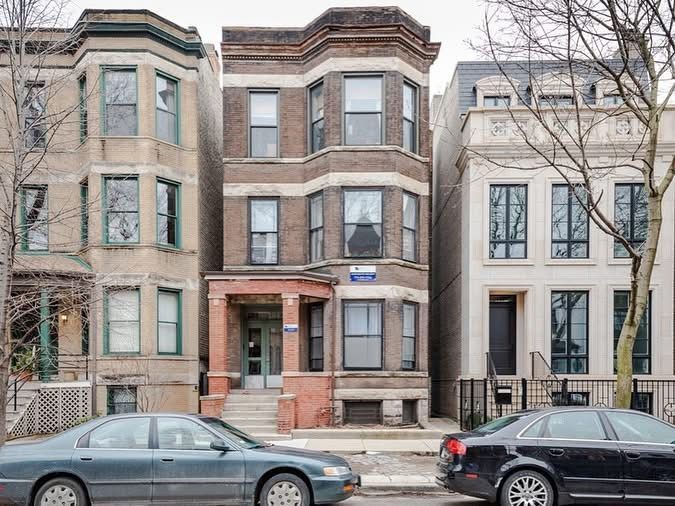Chicago Logan Square Pizza Restaurant
November 26, 2015

Chicago Stories
As a born and bred Chicagoan, I love the history of our great city. This week, DNA Info published a fun article about Father and Son Pizza – one of the few pizza delivery restaurants 50 years ago. Their business was so popular back in the late 60’s that on a busy night they delivered as many as 1,500 pizzas. This level of business was so robust that the FBI thought that it couldn’t be possible that so many people were only calling to order “pizza”!.
Check out this article in DNA Info waxing nostalgia about these events:
Share this post

Ensure your rental property complies with the Chicago Heat Ordinance, which requires landlords to maintain indoor temperatures of 68°F by day and 66°F by night from September 15 to June 1. Failure to meet these standards can result in fines of up to $1,000 per day. Learn the specific heating requirements, compliance tips, and best practices to keep your tenants warm and avoid costly penalties.







